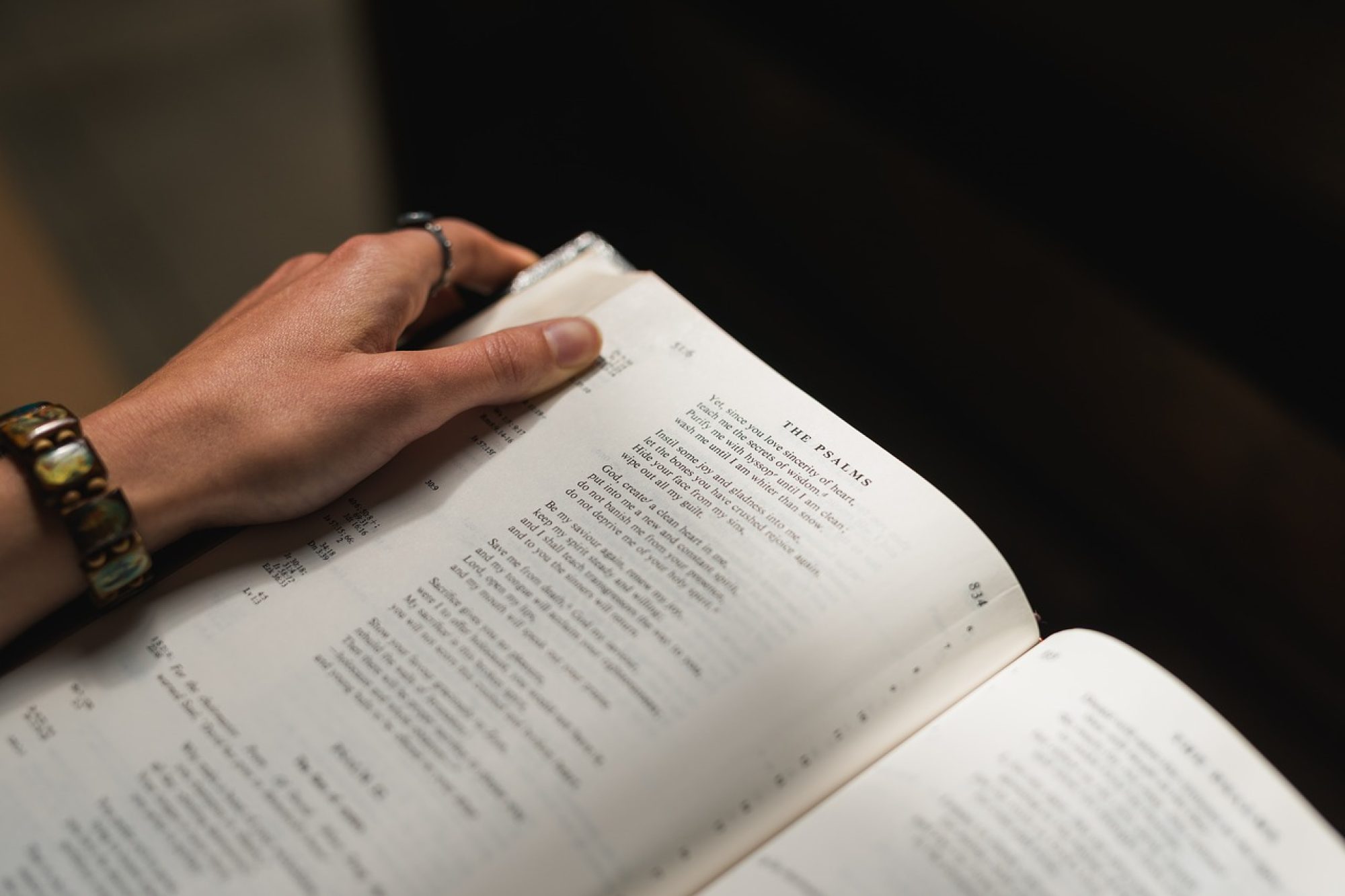
In the century that a lot was written about the evolution of the universe, animals and plants, man and the inner or soul of man, many people also started to think for themselves about the origins of everything, who or what was behind it, and where we mucked towards with our world.
It was also a time when a conflict arose between the technicians, economists and the different class of people.
The working class or proletariat did do most of the work or hardest labor, there were writers, such as Karl Marx who believed that workman would emerge victorious from the conflict, but for those workers victory was hard to find or bitterly sweet, unlike the possessing or capitalist class, the working class had no means of production of its own at all. In the past, carrying out paid work had been limited to cities, but companies also settled outside cities and farmers and livestock farmers also had to ensure that they earned sufficient money to cover the costs or to pay the resources that were now provided by the industry (such as clothing).
In the second half of the 19th century this seemed to many to be a hopeless process, in which they felt like slaves to society and wanted to free themselves. Society seemed very suffocating to some. Especially because in many villages or regions they were looking forward to everyone in the same boat, while not everyone felt like it. There were frictions here and there, especially on the faith front In Western Europe, ethnic nationalism grew.
Rumour spread over very large areas that things would be much better in the New World and that one would be completely free there, that freedom beckoned to many, from the far north to deep in the south people went out to port cities from which boats left for the alluring New World.
While Russia opens up the areas in the East and establishes the only ice-free Russian port on the Pacific Ocean (1858-1860), more and more ‘seekers’ are finding the money they have saved to set out on the Great Pool that separates them from the expected freedom.
Between 1820 and 1957, more than 4.5 million people emigrated from Britain to the United States. In the late 1800s, many people in many parts of the world decided to leave their homes to go on a trek in a world where they had already heard many positive things. had heard about.

For many, it was no longer doable in Europe, so they fled crop failures, shortages of land and jobs, rising taxes and famine, America seemed to them the land of their dreams, because it was seen as the land of economic opportunity.
Others came seeking personal freedom or relief from political and religious persecution, and nearly 12 million immigrants arrived in the United States between 1870 and 1900, During the 1870s and 1880s, the vast majority of these people were from Germany, Ireland, and England – the main sources of immigration for the Civil War. Yet, a relatively large group of Chinese emigrated to the United States between the start of the California gold rush in 1849 and 1882, when federal law stopped their immigration.
Immigrants entered the United States through various ports, but those who came from Europe usually entered America through East Coast facilities, while those from Asia generally entered through West Coast centres, the great place of arrival to start the new life was through New York City, which became known as the « Golden Door ». During the late 1800s, most immigrants in New York entered the Castle Garden depot near the tip of Manhattan. In 1892, the federal government opened a new immigration processing center on Ellis Island in New York Harbor.
It was in the period with the highest migration levels, during the 1860s, 70s and 80s, with almost 110 thousand people migrating in 1888 alone, that the British doctor John Thomas, also with one of the boats, took the crossing. On the ship that made the long crossing he had a lot of time to talk to all kinds of people about the Bible and faith. He noticed how different the teachings of those many believers were their denominations. In New York he also came into contact with many Jews, whom he tried to convince that Christianity did not replace the Law of Moses but rather fulfilled it. He believed that Christians, through faith and baptism, should become the « seed » (or, « offspring« ) of Abraham.
Through his thorough Bible study, more insight came to him over time, which he came to share during his tour. Others began to find his lectures revealing and realized that things in which their denomination had frightened them so much, such as the eternal torture in the eternally burning fire in hell, was completely unbiblical.
John Thomas’s supporters began to publish themselves as « Bible Students » or as Thomasites, a title that John Thomas did not appreciate at all, because one does not have to follow a person on earth, but one does have to go through life as a brother in Christ.
Faith spread across American lands and eventually there were also Bible students who returned to Europe to further proclaim faith in the Only True God.
Unfortunately, it was no different for that religious community than for others that divisions arose here and there or splinter groups occurred. Between 1864 and 1885 there were at least 6 divisions within the Christadelphian denomination, including the large divisions caused by the disfellowships of George Dowie in 1864, Edward Turney in 1873 and Robert Ashcroft in 1885.
But in the end, more unity grew over the years, and it can be said that even though there are still a few groups, the faith of those groups is almost identical.
+
Preceding
- What is a Pilgrimage?
- Encouraging eachother
- Prayer at the beginning of our pilgrimage
- Beginning of a Pilgrimage
- God’s Words for the Pilgrimage #1 Twentieth Century Man and the Pilgrimage Process
- God’s Words for the Pilgrimage #2 Words of God for life
- God’s Words for the Pilgrimage #3 A road on a global scale littered with obstacles
- A pilgrimage not exactly without obstacles or obstacles #1 Embarking on an important journey
- A pilgrimage not exactly without obstacles or obstacles #2 Not a cheap or easy flight but a life journey
- A pilgrimage not exactly without obstacles or obstacles #3 Availability, encounters and exposure to change
- A pilgrimage not exactly without obstacles or obstacles #4 A good plan or guide to discover the Source of life
- Necessary formalities for the trek
- Fulfilling formalities for the trek
- Choose the right name for your travel registration
- A world where one must make oneself clearly known #1 From the first to the 19th century
- A world where one must make oneself clearly known #2 Unrest among the working people
++
Additional reading
- Necessity of a revelation of creation 1 Works of God and works of man
- Creation of the earth and man #6 Of the Sabbath day #4 Mosaic codes, Sabbaths and Sunday
- Creator’s star connection between heaven and earth
- Concerning some writers of our series on prophecy #1 Dr. John Thomas
- Concerning some writers of our series on prophecy #2 Frank George Jannaway
- How the term Evangelical has grown to blur theology and ideology
- Dr John Thomas
- John Thomas namesake and inspirer
- John Thomas – Physician and Preacher (Robert Wilkinson)
- Thomasites
- The Christadelphian Advocate Today
- Looking at the March’s issue of The Christadelphian: 150th anniversary of the death of Brother John Thomas
- Disciple of Christ counting lives and friends dear to them
- From those preaching the Gospel and Baptism in Jesus name
- Different approach in organisation of services #1
- Different approach in organisation of services #2
- Different approach in organisation of services #3
- Looking at older articles series over Russell on the previous Bible-scholar Association
- It is being claimed that the religious group now known as the Jehovah’s Witnesses was started by Charles Taze Russell
- To remove the whitewash of the Jehovah Witnesses as being the only true Bible Students and Bible ResearchersWhat are Brothers in Christ
- Wanting to know more about basic teachings of Christadelphianism
- Who are the Christadelphians
- Who are the Christadelphians or Brothers in Christ
- Are the Christadelphians a Cult?
- Christadelphian People Wo or what
- History of the Christadelphians
- Life in Christadelphia
- The untiring response of some Christadelphians
- Christadelphians today
- Guide to Christadelphian Ecclesias
- The Big Conversation – Christadelphians in the United Kingdom
- Wanting to become a Christadelphian
- For those who do everything to stop the work of Christadelphians
- Dave Norris and his writings on the Belgian Bible Students
- About the Bible Students
- What Bible Students believe
- Bible Societies
- History of the Belgian Biblestudents
- Devil, Satan, Demons, Evil Spirits and Hell
- Hell – Sheol or the Grave
- Sheol or the Grave

